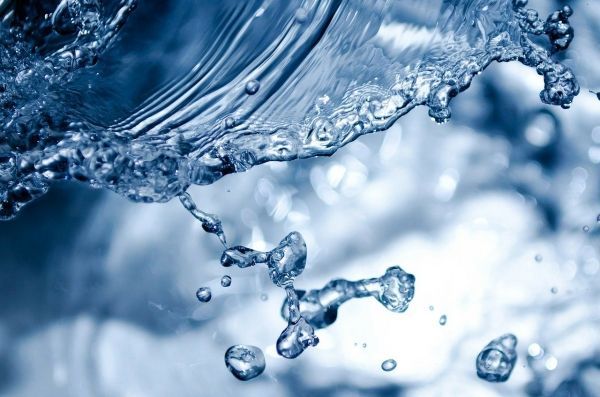Understanding droplet formation in pure water in a controlled lab setting is challenging enough, but in the atmosphere, droplets form in the presence of many other substances.
Some of them, like nitrogen, oxygen and argon, do not interact much with water and are easy to account for. The complications arise from surface-active species, namely substances that prefer to stay on the surface of the droplet.
You’ve seen the surface tension of water in action if you’ve ever seen a water bead up on a hard surface. The water molecules are attracted more to each other than to the molecules in the air, causing them to cling together as tightly as they can, causing the drop to form a dome.
One example of a surface-active species is ethanol, which is found in beer, wine, champagne and other alcoholic beverages. In a droplet of champagne, the ethanol molecules pile up at the surface and drastically lower its surface tension.
Read more at Norwegian University of Science and Technology
Photo Credit: PublicDomainPictures via Pixabay


